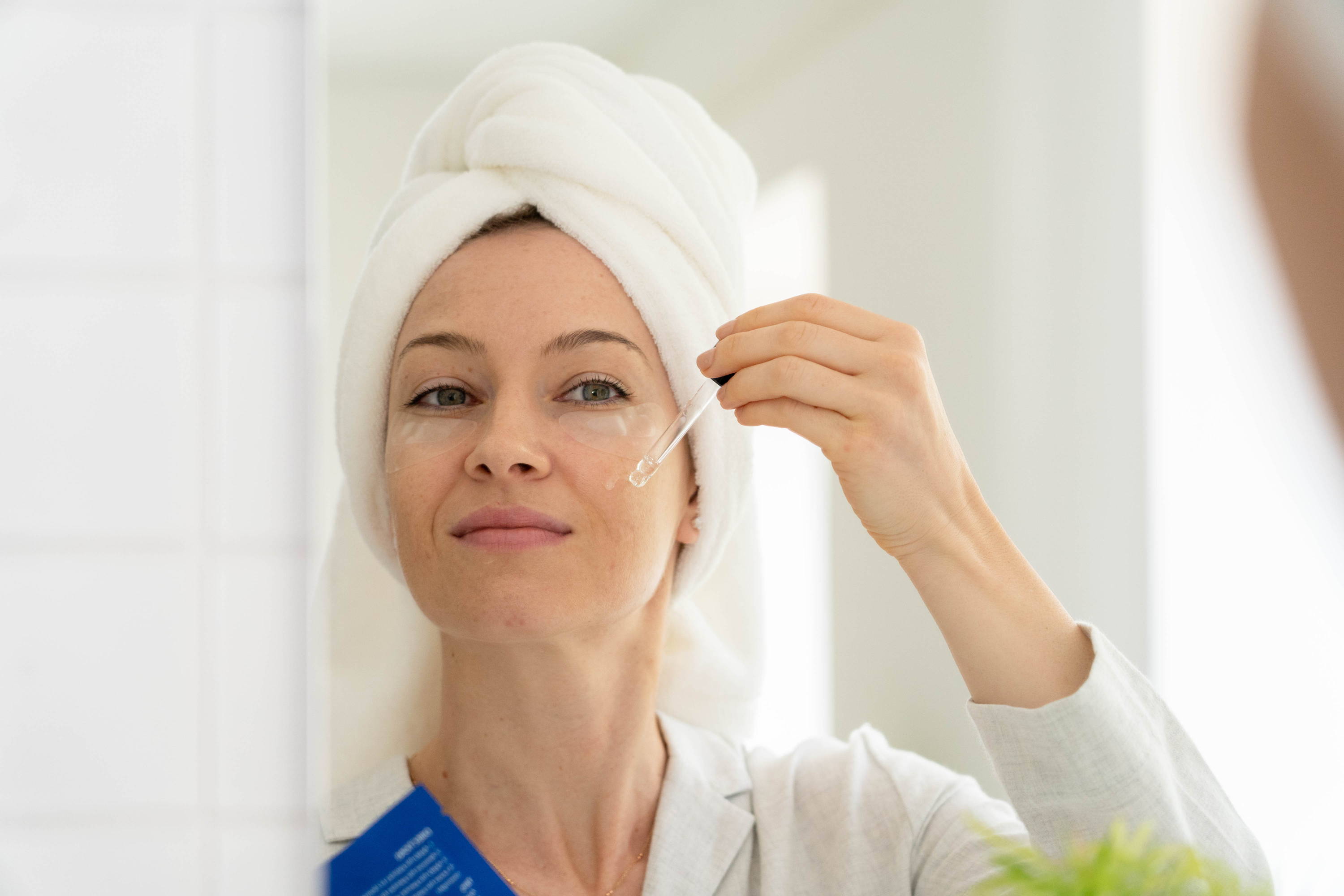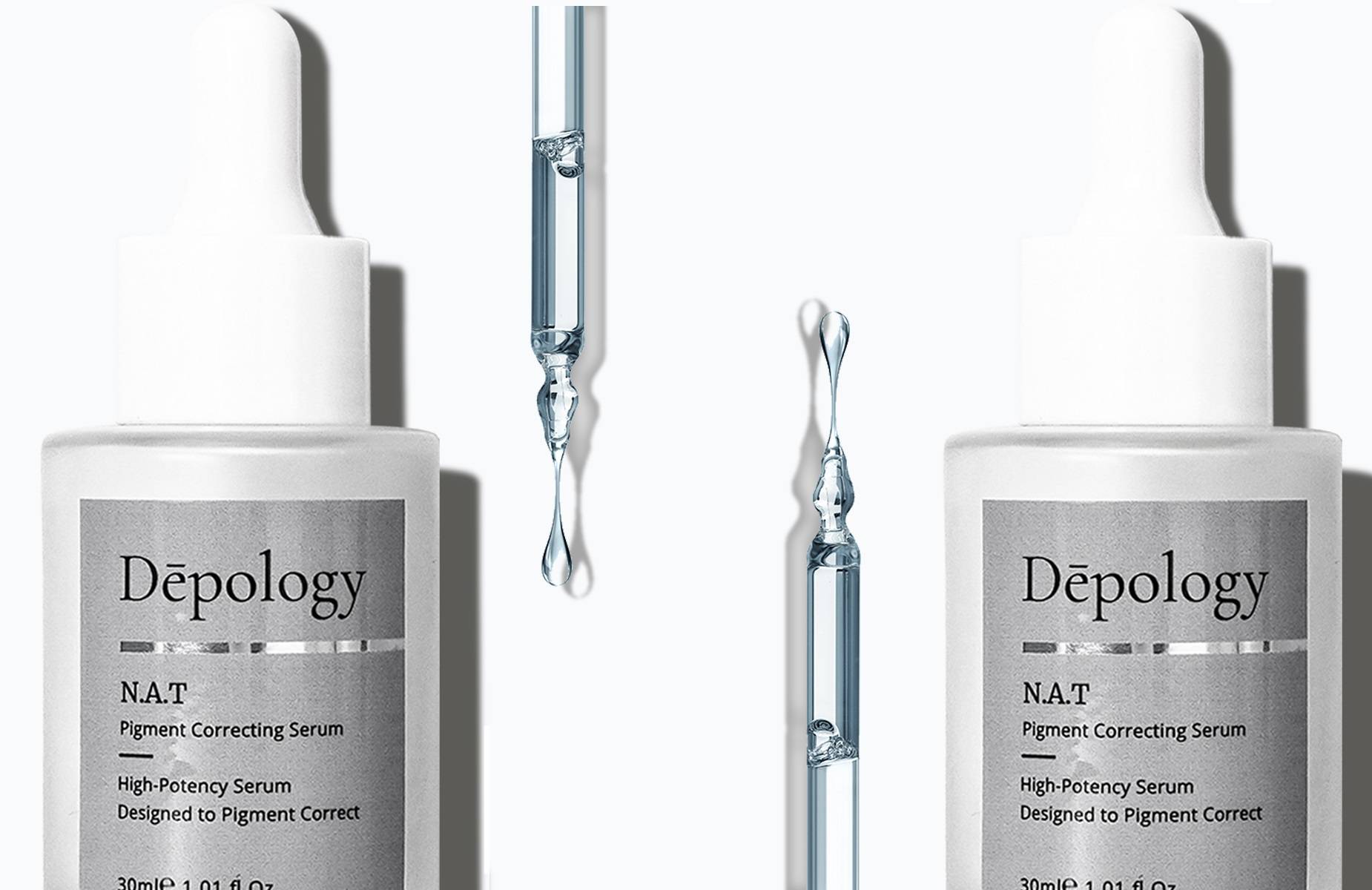
Read more

Everyone's routines will differ because everyone's skin is unique. Give skin cycling a try if alternative methods are not working as well as you would prefer. Skin cycling has a number of advantage...
Read more
Acne Scars vs Hyperpigmentation
Although the difference between hyperpigmentation and acne scars is apparent, the optimal treatment options for you may not be. Proper therapy is based on a variety of critical aspects, and communi...
Read more










